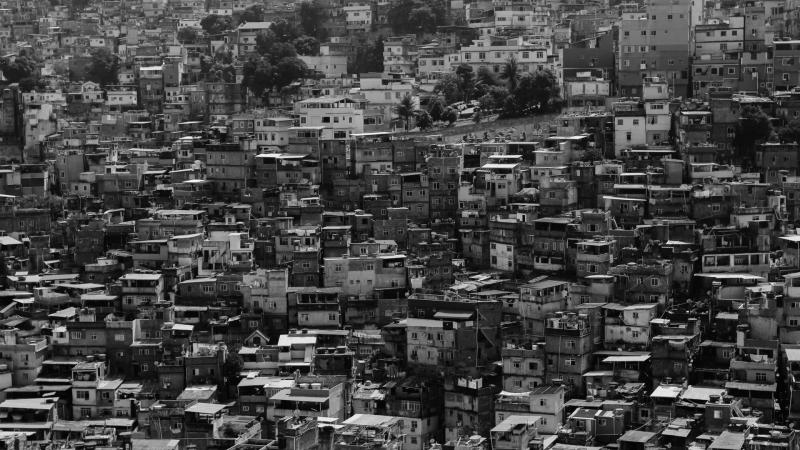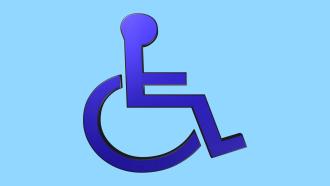
New data gathered by researchers from University of Amsterdam (UvA), over a period of several years from slums across Bengaluru could help in understanding and tackling poverty in India.
According to a UN-habitat report, as of 2012, around 33% of the global urban population--close to 863 million people, live in slums, with the Indian subcontinent contributing around 35% to this total. In Karnataka alone there are an estimated 2804 slums, with 597 of these situated in Bengaluru—not an attractive prospect for the IT and BT capital of the country.
Although several laws and policy decisions made over the years have tried to address the issue, poverty is still prevalent in the country. Now, with the rise of modern techniques like computer simulation and big data, researchers are coming up with appropriate policy decisions that could address the root of the problem.
In their new study, researchers from UvA collected data in the form of interviews and surveys from 36 slums, chosen based on stratification criteria such as their location, population size, ethnicity and religious profile, across Bengaluru. In all, data was collected from 1107 households, giving the researchers around 267,894 data points spread over 242 questions, in each of the interview. Next the data points were studied using geographical information systems and agent-based computer simulation. They further used the dataset to understand the structure and dynamics of slums.
Instead of looking at each of the problems independently, an agent based computer simulation allows researchers to look at the system as a whole, including all the factors that could affect the outcome of the interventions introduced to alter system. Such an agent based model could allow us to study the affect of different interventions on a digital platform, without implementing them in the real world. The agent-based computer model they have come up with is called DynaSlum and helps to identify the key determinants that impact the behaviour of a slum household.
“We have investigated group segregation and how it reinforces inequality within the slums of Bangalore. Our results show that we might be able to increase the rate of successful interventions in slums if we target so-called horizontal inequality – which is inequality between, for example, Indian ethnic and religious groups” says Debraj Roy, a post doctoral fellow associated with the research in a press release.
The researchers will evaluate other, wider aspects like water infrastructure, water management and sanitation practices, over the next three years, in an attempt to further strengthen the DynaSlum tool to allow accurate prediction of the outcome of interventions.
According to the researchers “the ultimate objective is to create a computer system that will calculate the effects of interventions and allow policymakers to assess different policy strategies before implementation”






